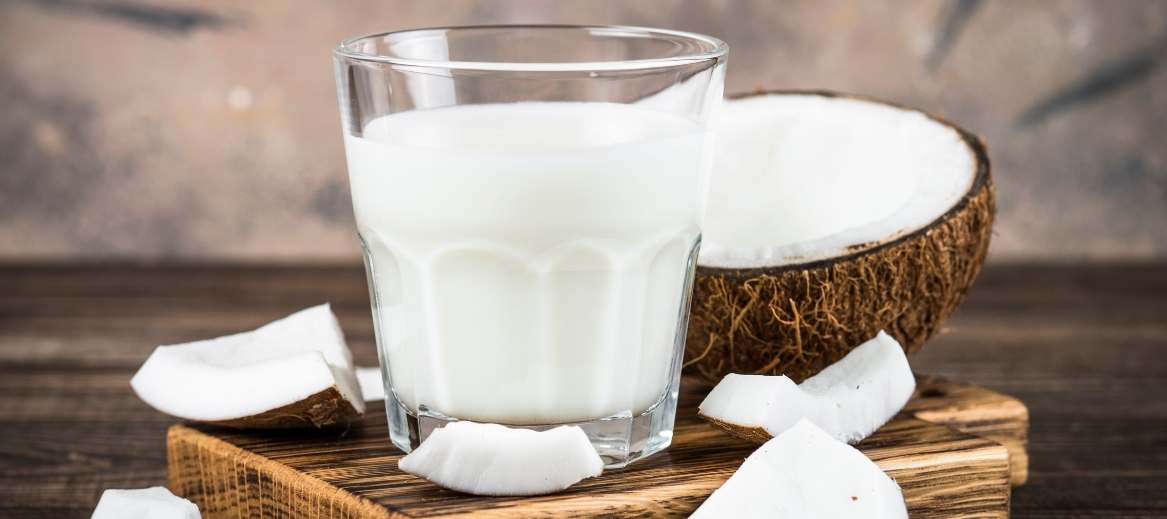COCONUT MILK
In recent years, coconut products, including milk, oil, and other items, have gained enormous popularity. In this post, we’ll detail how coconut milk is created and used and where to acquire it. Coconut milk has long been a staple in Southeast Asian cuisine.
ALL ABOUT COCONUT MILK
Grated mature coconut pulp is soaked in water, squeezed to remove the liquid, and used to make coconut milk. It can be found in the culinary traditions of Latin America, the Caribbean, Southeast Asia, and Africa.
Different varieties exist, and they vary in terms of fat content. The most fat is found in thick coconut milk, frequently referred to as coconut cream (avoid confusing it with “cream of coconut,” which contains added sugar). Thick coconut milk has a thick consistency akin to yogurt.
Regular coconut milk resembles dairy cream in consistency. However, keep in mind that it will appear to separate as gray water with a thick coating of white on top (this is the coconut “cream”).
Some people mistake coconut water, the liquid that originates from immature coconuts, for coconut milk (i.e., when coconuts are green rather than brown and fuzzy). Coconut water is substantially lower in fat and calories and better suited for drinking than cooking because it excludes coconut flesh.
HOW DOES IT WORK?
Coconut milk gives sauces, braised foods, curries, and noodle soups a richer flavor. To use, simply shake the can before using.
We incorporate it into both our Chicken Adobo and Thai curries. (Note: Although coconut milk isn’t typically used in traditional Chicken Adobo, we believe it gives the sauce richness and balances the vinegar and soy sauce’s sour and salty characteristics.) Our 15-Minute Coconut Curry Noodle Soup and Malaysian Curry Mee are two of our favorite coconut milk-based noodle soups.
Desserts like our Coconut Peanut Mochi or Coconut Tapioca Dessert can also use coconut milk.
Use coconut cream, which typically comes in smaller cans, if you want a lot of richness in your meal but with less liquid (or less simmering time in the case of braised foods).
PURCHASE & STORAGE
Cans of coconut milk are typically available. If we only need a small amount for a recipe and don’t want leftovers that we have to consume fast (because of its high-fat content, it might go rancid rapidly), we like to buy the larger 13.5 ounces (400 ml) cans in addition to the smaller cans (5.4 ounce/160 ml). If there is any leftover, you may store it for longer in the freezer.
You can also buy it in cartons, but watch out—this kind is meant for drinking or use in things like cereal, and it can also have sugar and other additives. It is recommended to purchase the canned variety if you plan to use it in cooking.
Avoid “light” or “low-fat” coconut milk, just diluted coconut milk. You get more water than coconut for the same price as the standard stuff! Simply add less fat to your recipes and replace some of it with water if you want to lower the fat content.
Both traditional grocery stores and Asian marketplaces carry coconut milk. Always check the use dates, and as with any canned food, be on the lookout for dents, bulges, and other deterioration.
Store in a dry, cold environment. After being opened, put any remaining milk in a tightly closed container and put it in the fridge. Utilize in 5 days. Freeze it if you can’t use it inside that time frame.
